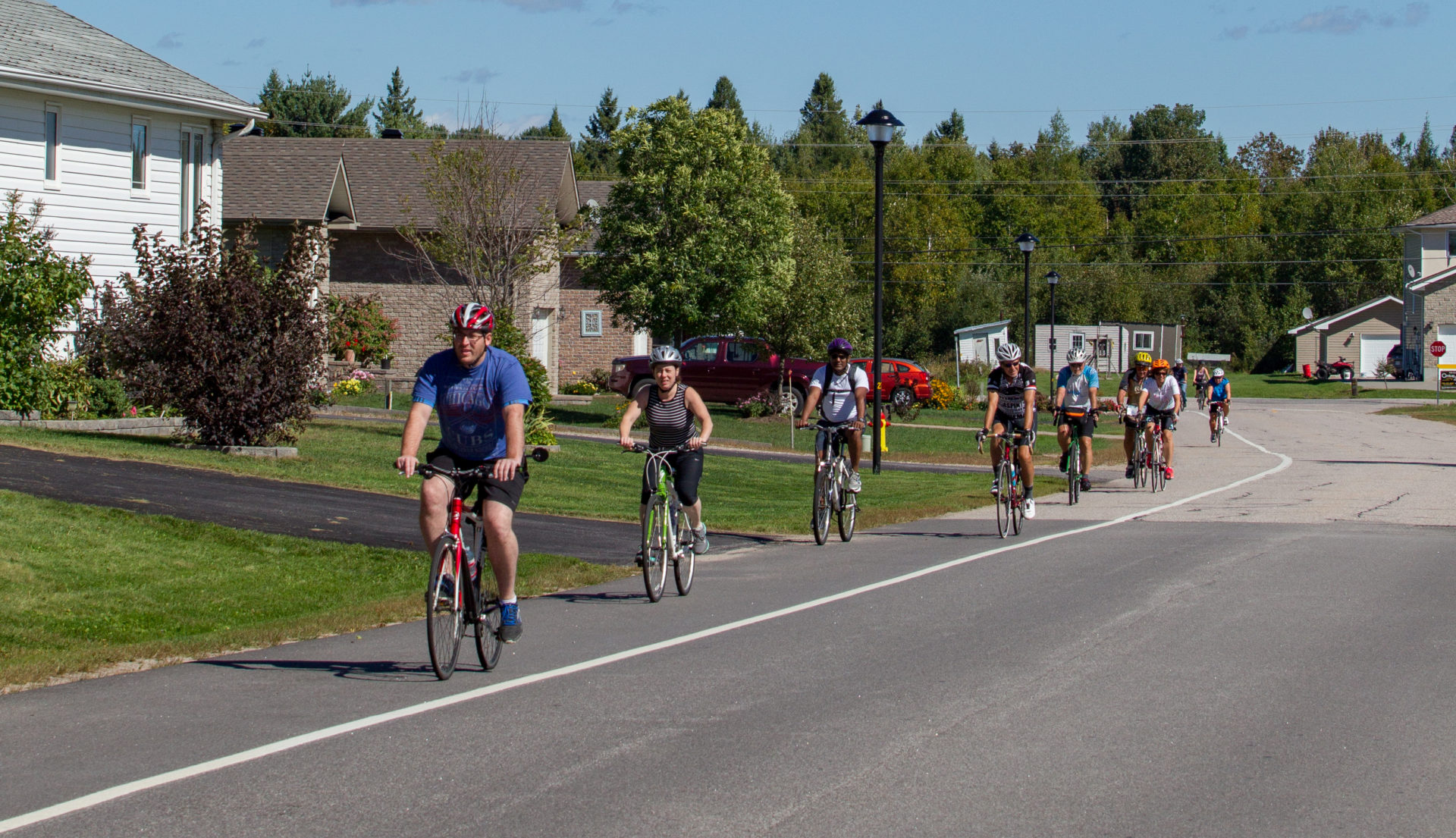Sizing Your Bike
All Community Cycling Education Program courses require participants to arrive with a properly sized bicycle in good working order. If you are unsure if your bicycle is properly sized and in good repair, please ensure that you verify with the Program Coordinator the cycling equipment that you plan to use for a course well in advance of the course start date. Instructors will verify the equipment of all participants and conduct a safety check on the first day of the course prior to riding. Participants’ bikes that are deemed unsafe will not be permitted to participate.
Regardless of the style of bicycle that you ride, it should fit properly, making it easy to control and comfortable to ride. Check your frame size, seat height, and handlebar adjustments as these are critical fitting points on your bicycle.
Frame Size
Frame size varies by type of bicycle, but as a general rule, you should be able to stand flat-footed over your bike’s frame (top tube) with two to five centimetres of space. For a woman’s frame bike, when sitting on the seat, the base of the seat should be at least five centimetres above the seat tube when the tips of both feet touch the ground.
Seat and Handlebar Height Adjustment
Positioning your seat properly will help make your pedaling more efficient and reduce strain on your knees. To ensure your seat is at the correct height, sit on the seat with the balls of your feet on the pedals. At the bottom of the pedal stroke, your legs should be almost straight with your knees slightly bent.
In a normal riding position, your weight should be evenly balanced, allowing you to rest your hands lightly on the handlebars. You can adjust the tilt of your seat and the height of your handlebars to achieve a good balance of weight. Your handlebar stem and seat post must be at least five centimetres into the frame. Both usually have a mark that indicates the maximum extension point. Longer seat posts and stems are available if you need them.






Buying a Bike and Additional Cycling Resources
Many factors should be taken into consideration when purchasing a bike. The Community Cycling Education Program recommends that you talk with a local bike shop employee to determine which bicycle best fits your cycling needs. Some background about fitting your bike can be found at the following links:
Mountain Equipment Coop – Fitting Your Bike – An overview of considerations when purchasing a new bike
Bicycle Safety Resources in Ontario – Whether you’re new to cycling or you are an experienced cyclist, this page contains important information, tips and techniques on a variety of cycling-related topics
